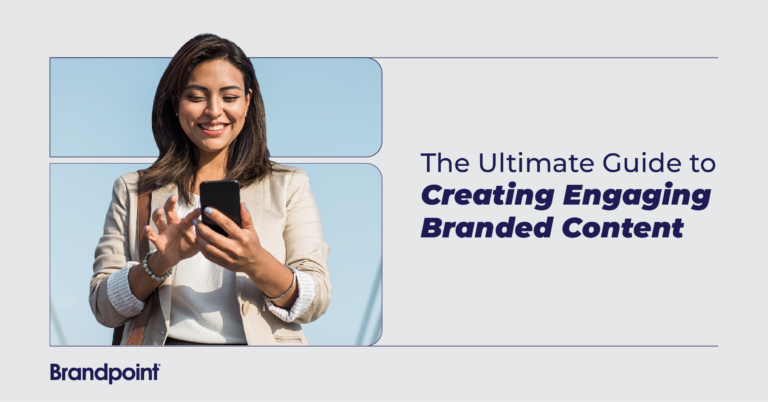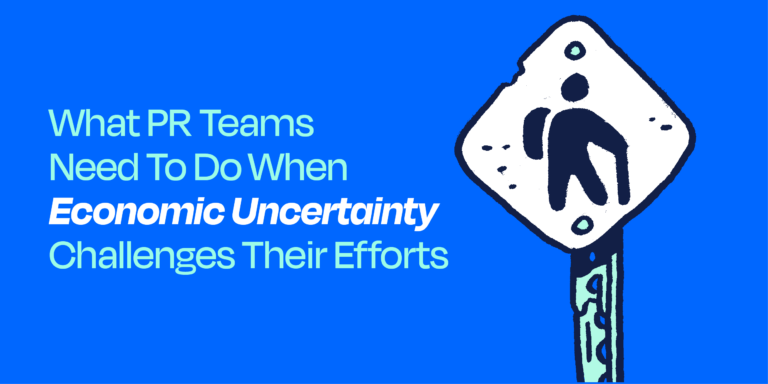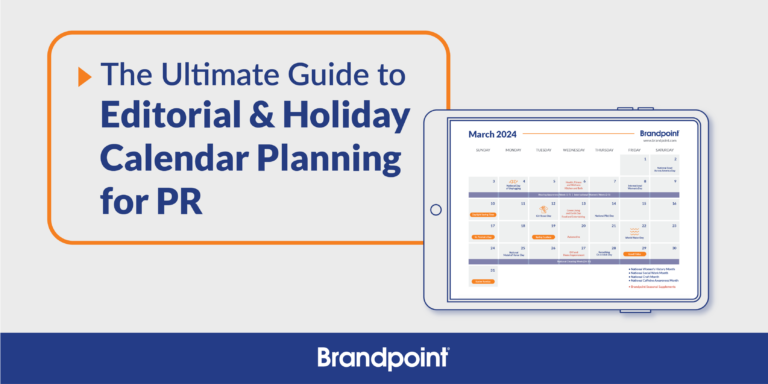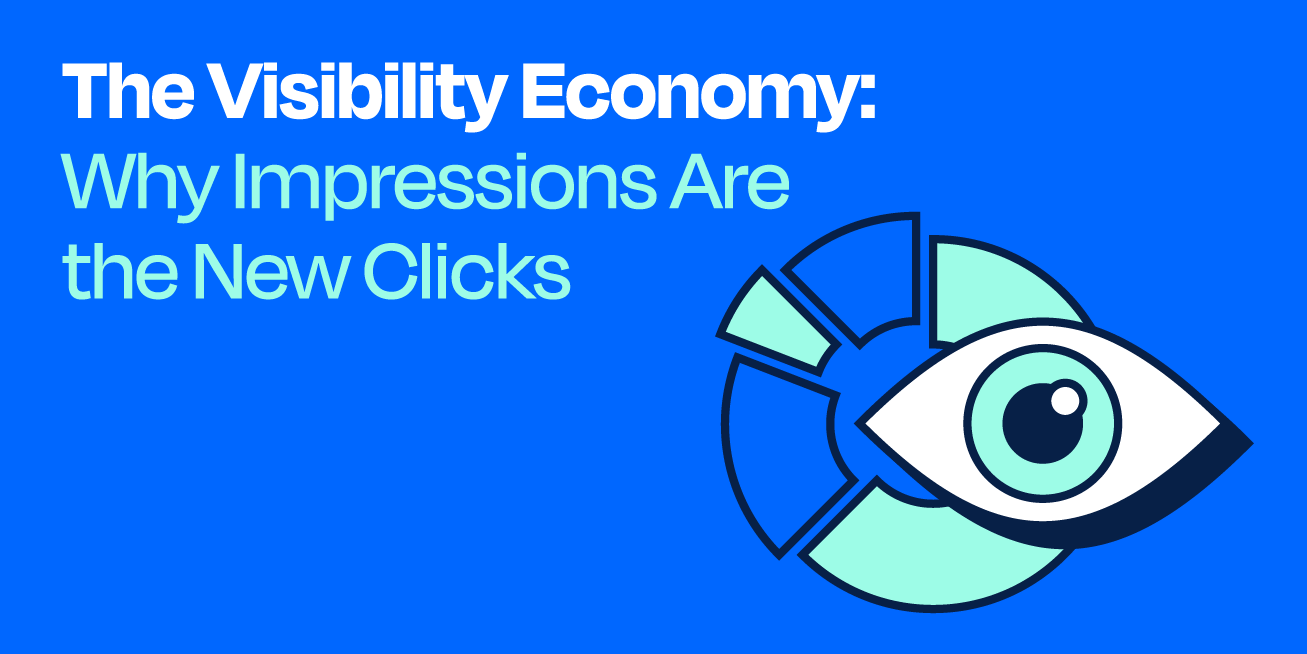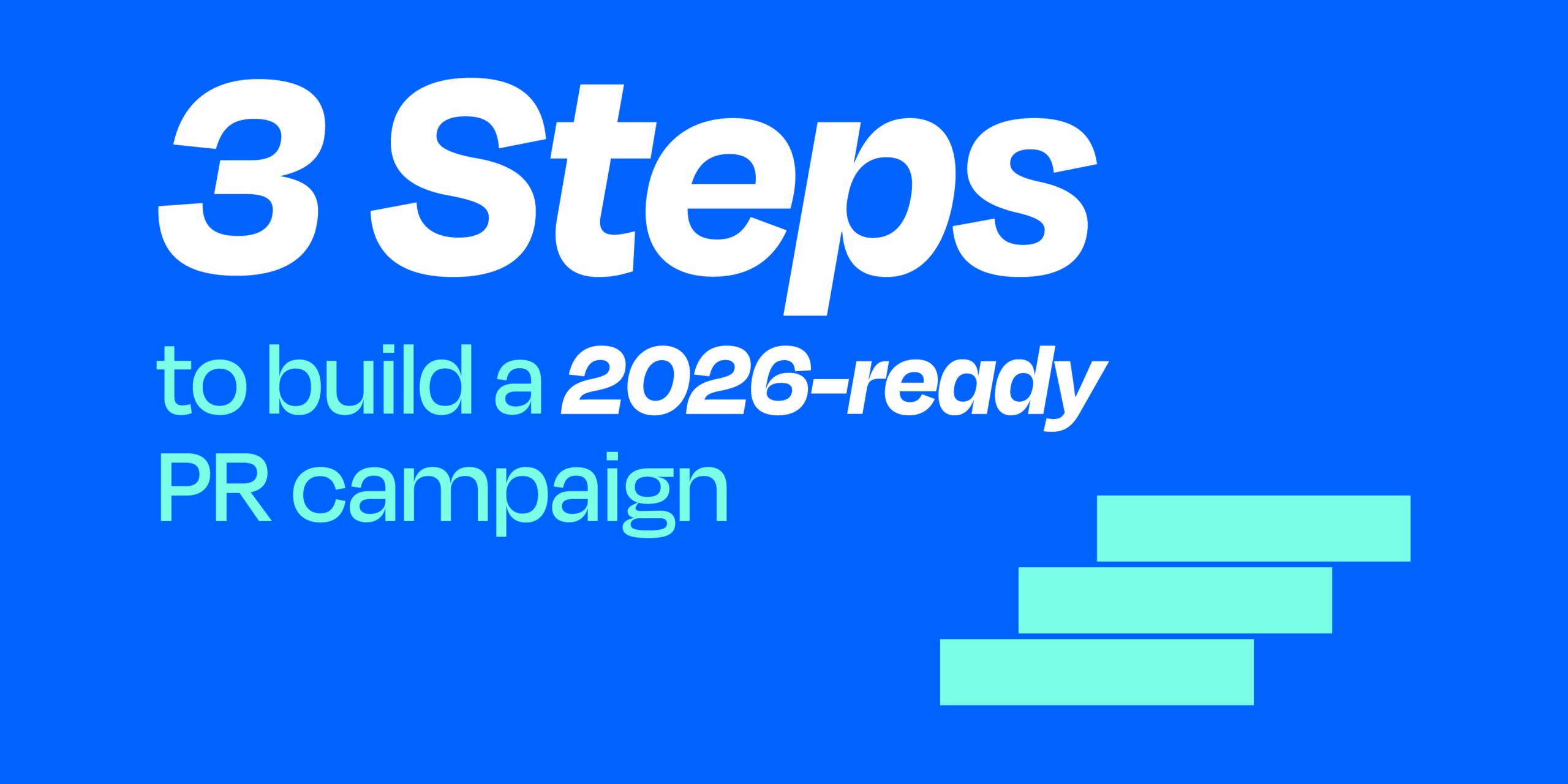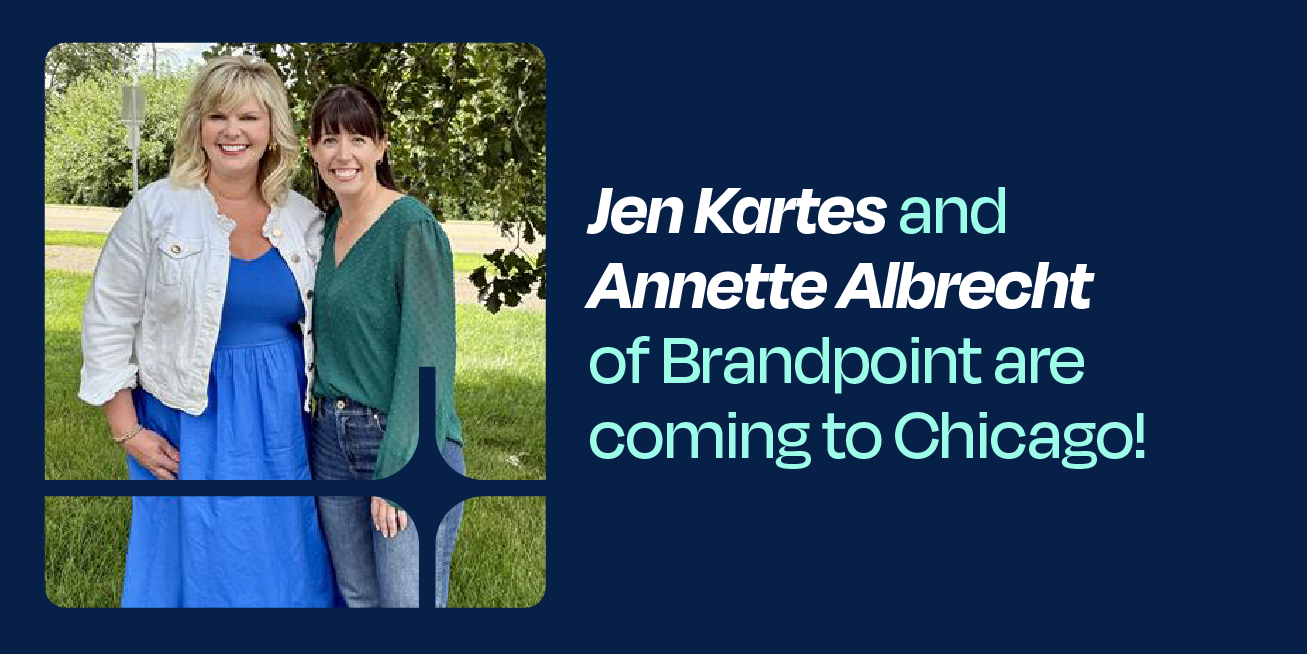We’ve been talking a lot on this blog about branded content and why it’s such a powerful way to connect with your consumers. A quick bit of backstory: branded content involves sharing content that tells a story about your brand. This isn’t overt promotion of your products or services. Instead, it creates connections with your audience by sharing what’s at the heart of your business.
The key to branded content is expertly crafted storytelling that shines a light on who you are and what you stand for, communicating your brand in ways that will connect deeply with your audience.
That’s a great explanation, but what does it look like in practice? Our team found some outstanding examples of branded content in all kinds of forms — articles, infographics, videos, social media posts, podcasts, even music videos! Here are some stellar, highly entertaining examples of how companies out there are using branded content.
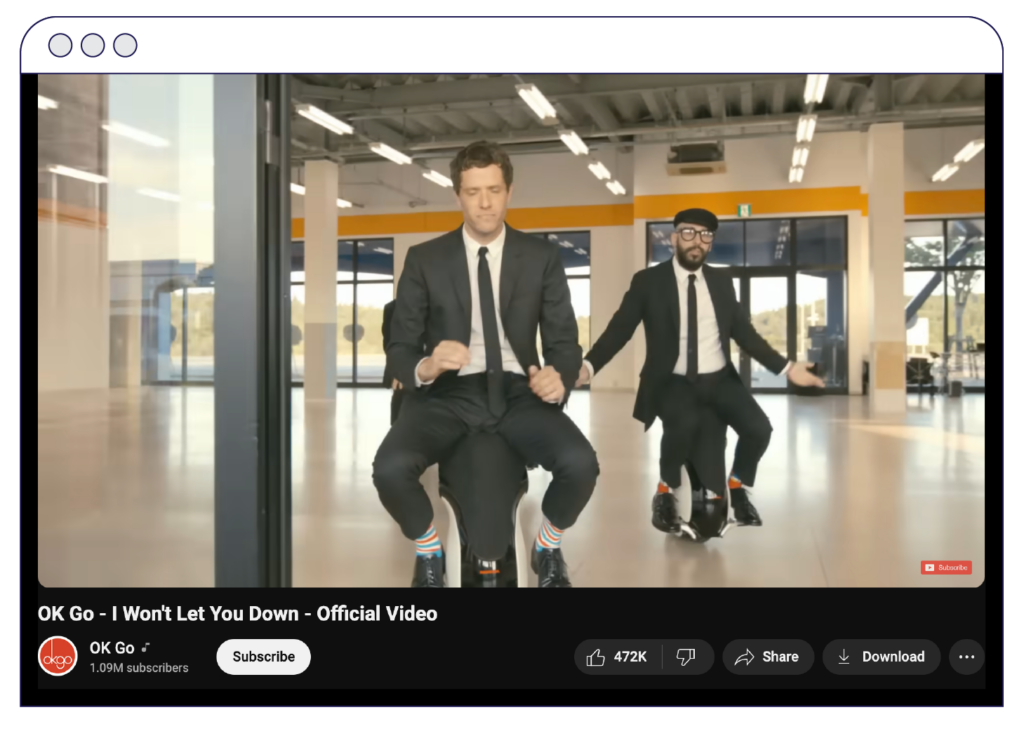
Branded content example 1: Branded music video
Honda
Want the most fun three minutes of your day? Watch this video for OK Go’s pop hit, “I Won’t Let You Down.” Filmed in Japan with a camera on a drone, this eye-popping video begins with the band seated on motorized scooters, specifically UNI-CUB personal mobility chairs made by Honda, who paid for the video. It “segues” (see what we did there?) into an elaborately choreographed number with the guys on their scooters and hundreds of dancers in perfect step, wielding umbrellas and … well, you just have to see it.
There is no mention of Honda in the video, other than viewers wondering what in the heck these guys are riding on. But it’s a genius stroke of branding by Honda. It appeals to their core audience of younger people who love technology and new gadgets, those inclined to take one of these babies for a spin. And how’s this for a tag line: “I won’t let you down.” The video debuted on the Today Show, and to date has more than 38 million views.
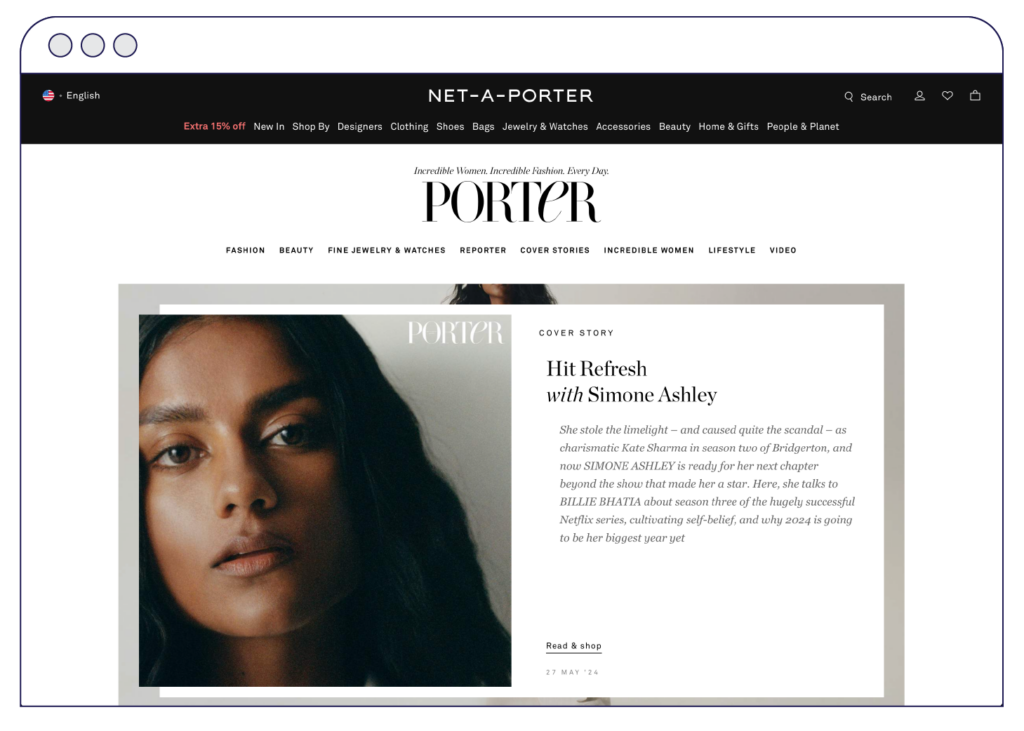
Branded content example 2: Branded print magazine
Net-a-Porter
You don’t see many successful launches of magazines these days, with the stunning exception of Porter, the new launch from fashion retailer Net-a-Porter. Using data analytics from its website audience, Net-a-Porter targets its content with extreme focus, and has achieved a huge circulation of 180,000. (Move over, Vogue). It’s a new experience for magazine readers and shoppers alike. Like what you see on the page? Scan it with the Net-a-Porter app and, boom, you’re on the page where you can buy it with a few clicks.
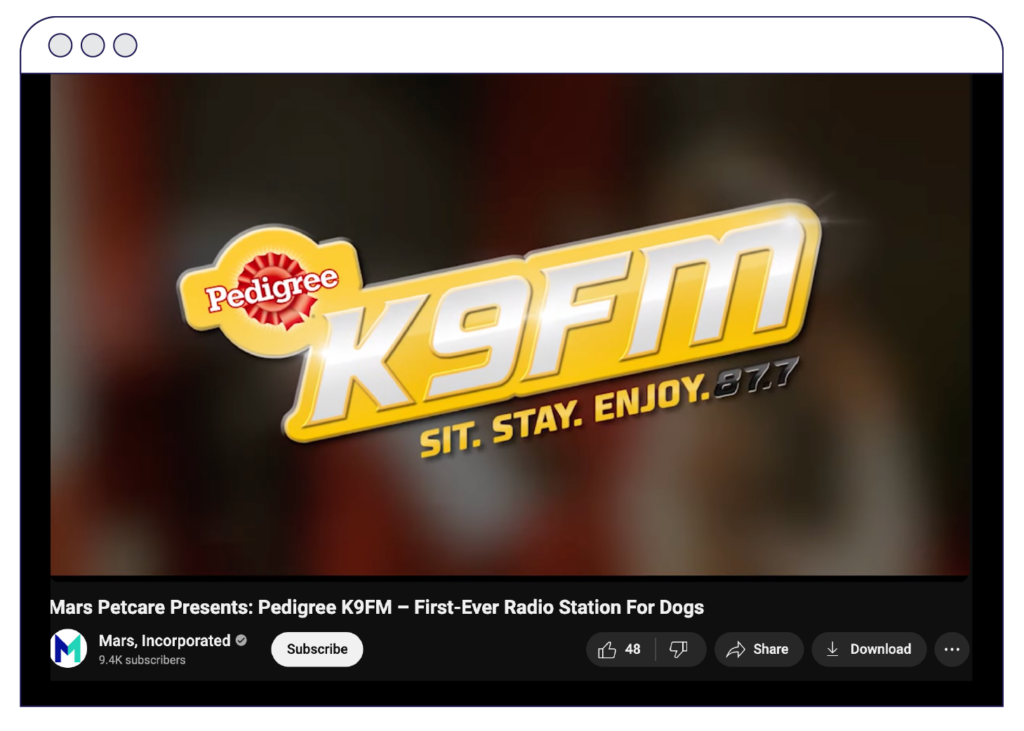
Branded content example 3: Branded radio
Pedigree
Ever leave your radio or TV on when you go to work to keep your dog company? You and a lot of other pet owners on the planet. It gave Mars Pedigree an idea. Why settle for regular radio? Why not create a station just for dogs? K9FM was born. With programming like “Stupid, Stupid Cats,” which simply features someone reading the names of cat breeds, all preceded by the word “stupid,” (we can’t even … that’s hilarious!) and “Things You Shouldn’t Chew On” (self-explanatory) it gave pets some company during a long day and their people something to laugh at. One big programming hit that also promoted engagement and interaction: K9FM encouraged owners to call in and record a shoutout to their pets that would be played on air. It was such a success that the station won a D&AD Award for the best creative advertising, design, craft and culture, the first radio campaign in 32 years to be so honored. And Pedigree? Within three months, their dog food sales spiked to a three-year sales high.
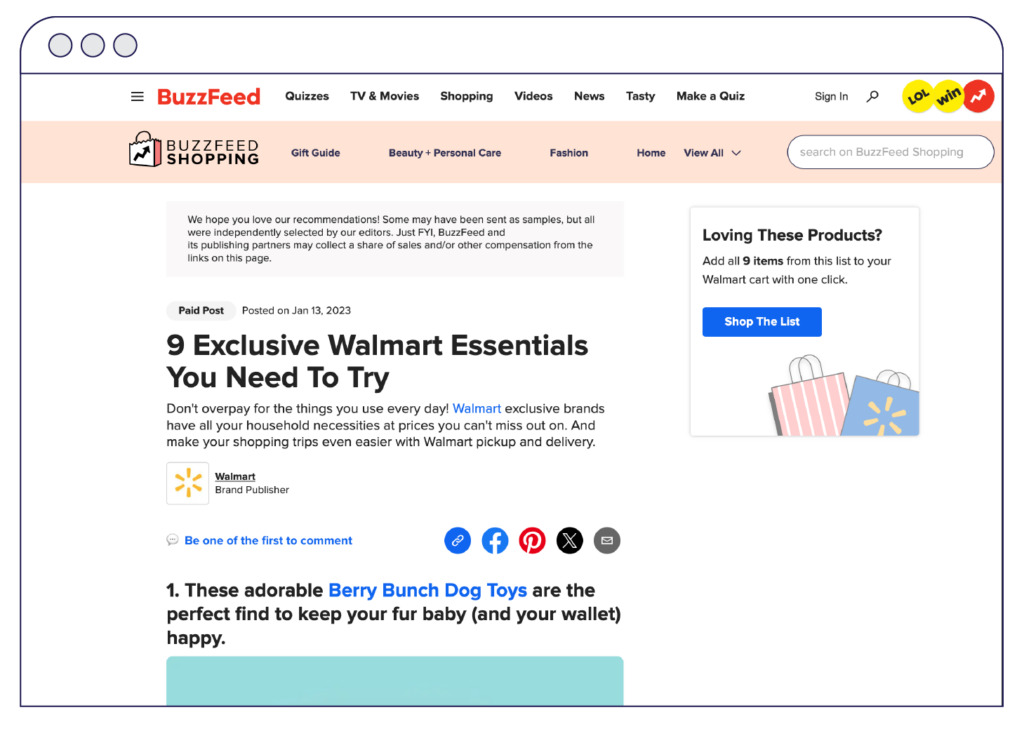
Branded content example 4: Branded post on major publisher site
Walmart
A great example of branded content out in the wild online, Walmart posted “9 Exclusive Walmart Essentials You Need to Try” on Buzzfeed. Tailored toward Buzzfeed’s younger demographic, it highlighted eco-friendly laundry detergent, organic baby wipes, dog toys and more. If you read Buzzfeed, you know this is just like much of their non-branded content. It mimics Buzzfeed’s already successful series of informative listicles, getting eyes on their products seamlessly.
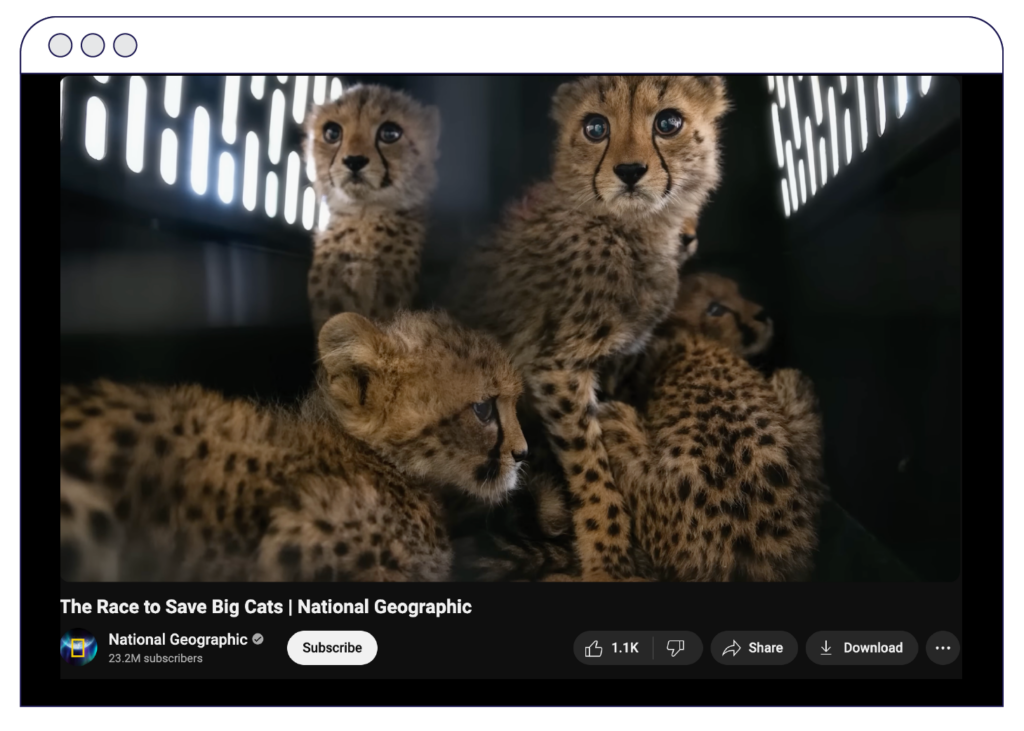
Branded content example 5: Branded video partnership and placement
DHL
DHL partnered with National Geographic to highlight the race to save the big cats. This is branded storytelling at its best, connecting on a deep level with viewers. It follows Nat Geo photographer Nichole Sobecki across South Africa to learn more about what’s being done to protect the wild cheetah population there. There is very little about DHL in this piece, so how is DHL involved? A sanctuary needed help transporting big cats rescued from traffickers. But it’s a seamless part of this explainer video, because, how else are you getting big cats from Point A to Point B?
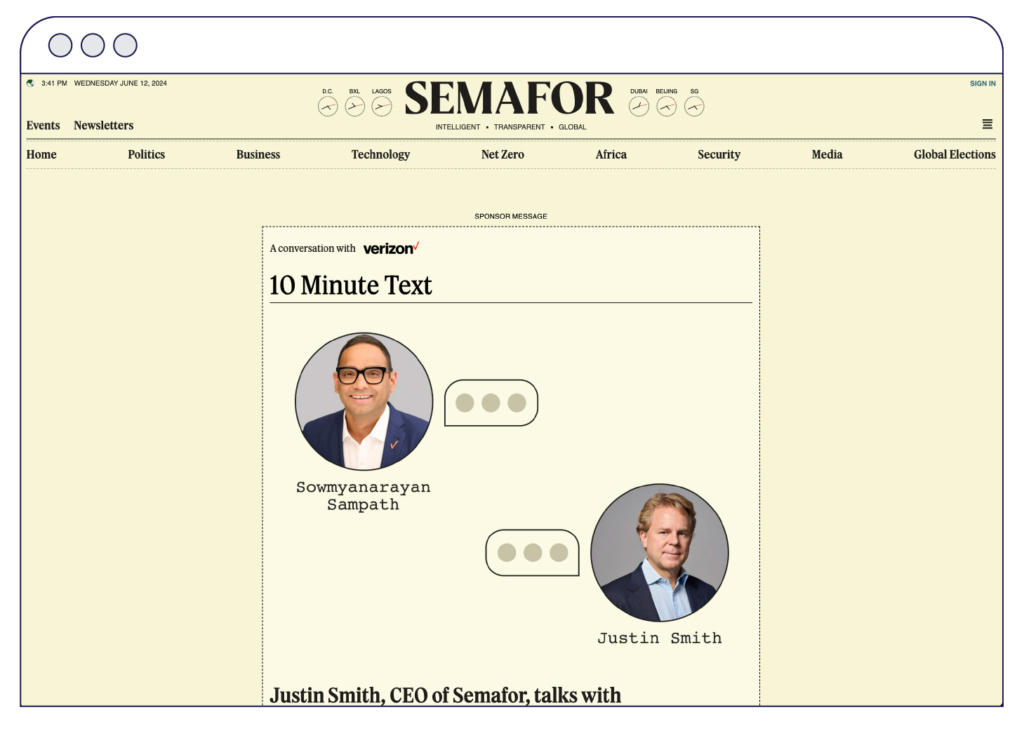
Branded content example 6: Branded text message interview
Verizon and Semafor
In this genius branded content idea, Semafor, a global news digital publisher, is highlighting its new signature editorial series, which features a Semafor journalist texting a question to an influential figure, like a politician, business exec or other newsmaker, and then printing the text exchange verbatim. Fun, right? The kicker here is that, in this particular exchange, they are interviewing Verizon … the first sponsor of the series. They have turned their existing text interview feature into a piece of branded content. A sponsor was necessary because Semafor launched this new venture just as the economy slowed down, so this is a great way to generate publicity, awareness and sponsorships.
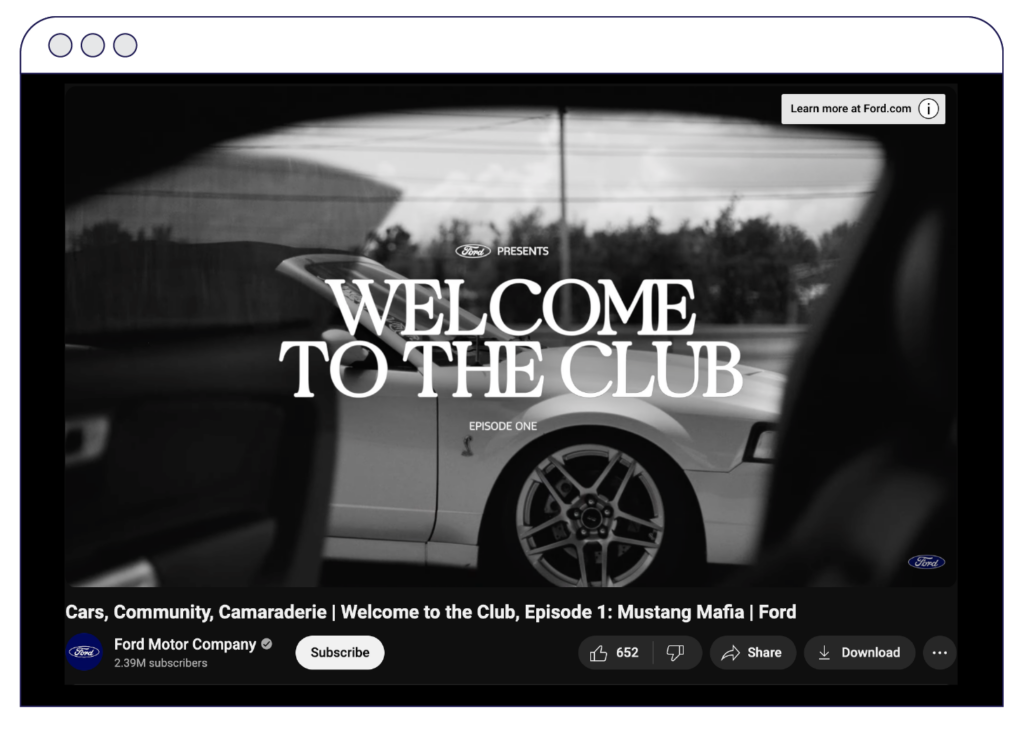
Branded content example 7: Branded editorial platform
Ford’s Welcome to the Club
Ford is launching video editorial branded content, “Welcome to the Club,” to “celebrate and recognize the people behind the wheel.” Its first effort, “Mustang Mafia,” centers on a community of Mustang enthusiasts in New Orleans, focusing on Mustang Mafia founder Bert Groves. It’s more like a documentary than a branded video (Netflix, have you seen it?) and highlights the strong connection that comes from the shared love of the cars, but also the group’s mission to give back to their community. Somehow, Mustang is the central theme that unites everyone, but at the same time it’s secondary to the group it fosters.
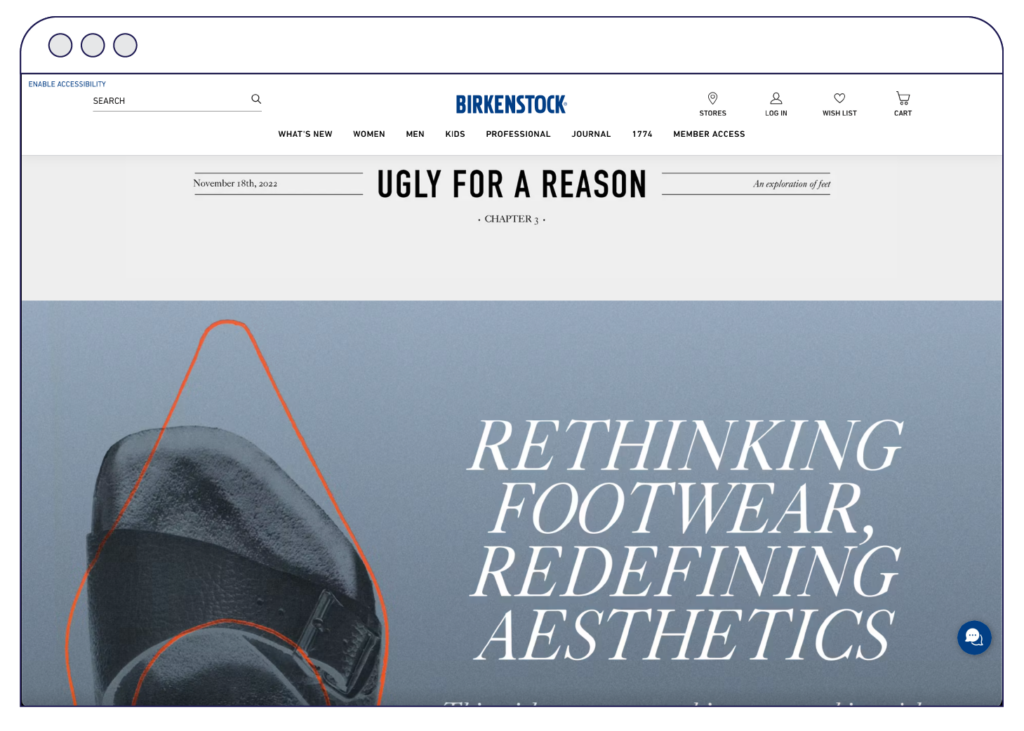
Branded content example 8: Branded publisher partnership
Birkenstock and the New York Times
In another piece of branded content that looks like a documentary, Birkenstock partnered with the New York Times to create a 3-part series, “Ugly for a Reason“ that explains why Birkenstocks aren’t exactly the most fashionable shoe on the planet. Yet, they’ve created a loyal, fanatical base of consumers. Far from being just an infomercial, this is more about foot health, and why our feet are our foundation. We hear from scientists, foot specialists and real-life consumers about how Birkenstock can contribute to good foot health.
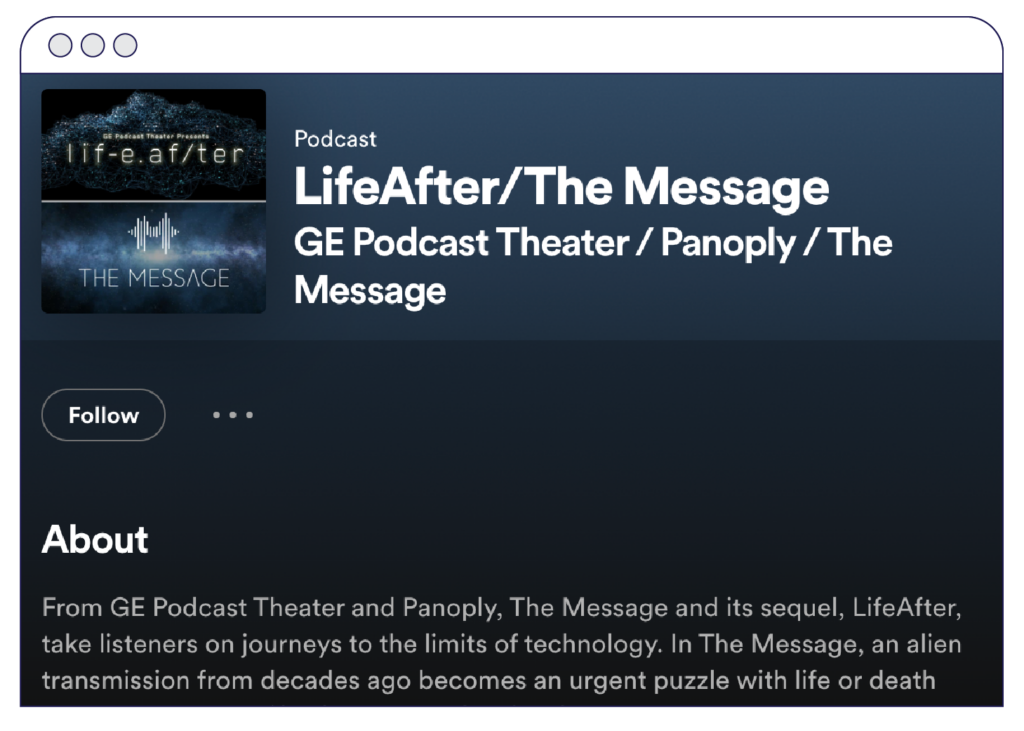
Branded content example 9: Branded podcasts
GE’s The Message and LifeAfter
This is the stuff (marketing) dreams are made of. It is The Message, and its sequel, LifeAfter, a hit sci-fi podcast, No. 1 on the iTunes charts, 1.2 million listeners, which follows a group of cryptographers looking into alien transmissions. It’s fiction, crazy entertaining, and … wait for it … it’s branded content produced by GE. Some of the tools these alien-hunters use are GE products. It was the brainchild of GE’s chief creative officer, who wanted to jump into the exploding popularity of podcasts with something that has never been done before by a brand. Correction, if we may: it hasn’t been done in more than a half-century. In the 1950s, there was General Electric Theater, an anthology series broadcast on radio and later TV. It featured a new story each week, sort of akin to The Twilight Zone, hosted by an actor by the name of Ronald Reagan. Yes, that Ronald Reagan. It is considered one of the first examples of branded content. Now, GE has taken the concept they pioneered and thoroughly modernized it for a new generation, speaking to them where they live, namely on podcasts.
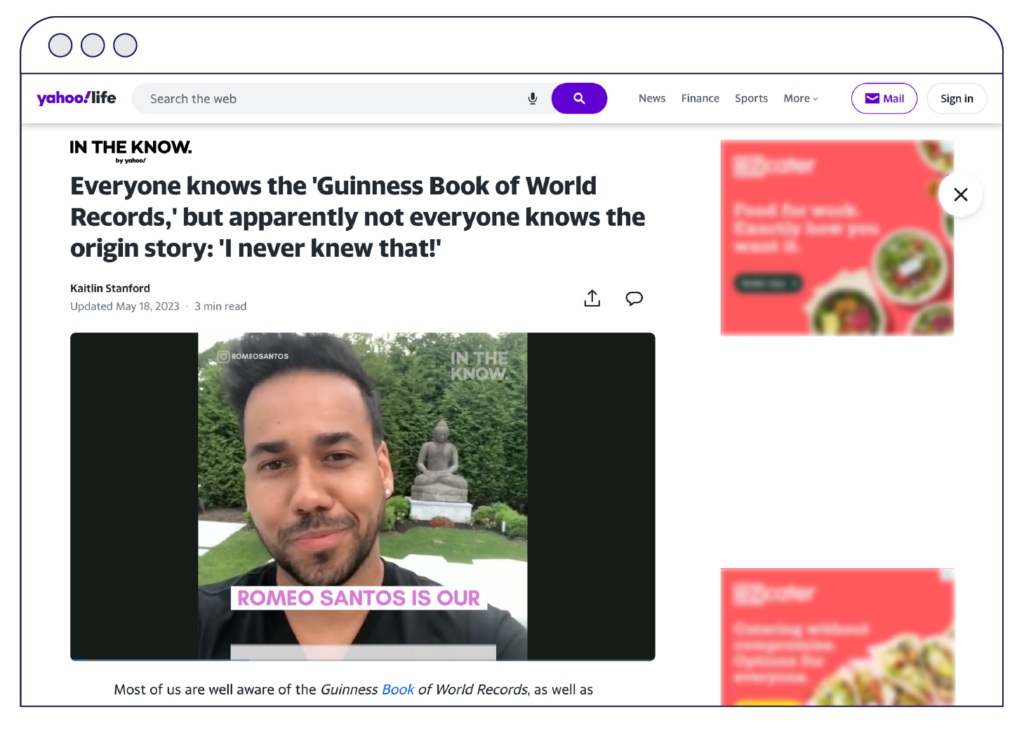
Branded content example 10: Branded book
Guinness
Everyone who has been to an Irish pub, even in the heart of an American city, knows Guinness beer. And everyone knows the Guinness Book of World Records. Did you know it’s the same Guinness? And the book of world records was created as the final authority on the types of arguments a group of lads might engage in in a pub after drinking a few pints of Guinness? True! Here’s what happened. In the 1950s, British businessman Sir Hugh Beaver was arguing with some friends about the fastest game bird in all of Europe. He couldn’t find a reference book that told him the answer. So he got the idea to create one himself. He was the managing director of the Guinness brewery and thought it would be a match made in branding heaven, Guinness and trivia. He was right.
At Brandpoint, our mission is to help companies create inspired, thoughtful, impactful branded content that will resonate with the people it touches. Whether it’s print or online content, multimedia, listicles, videos, podcasts or even books, there’s no more powerful way to connect with your consumers. Let’s make something memorable together!
